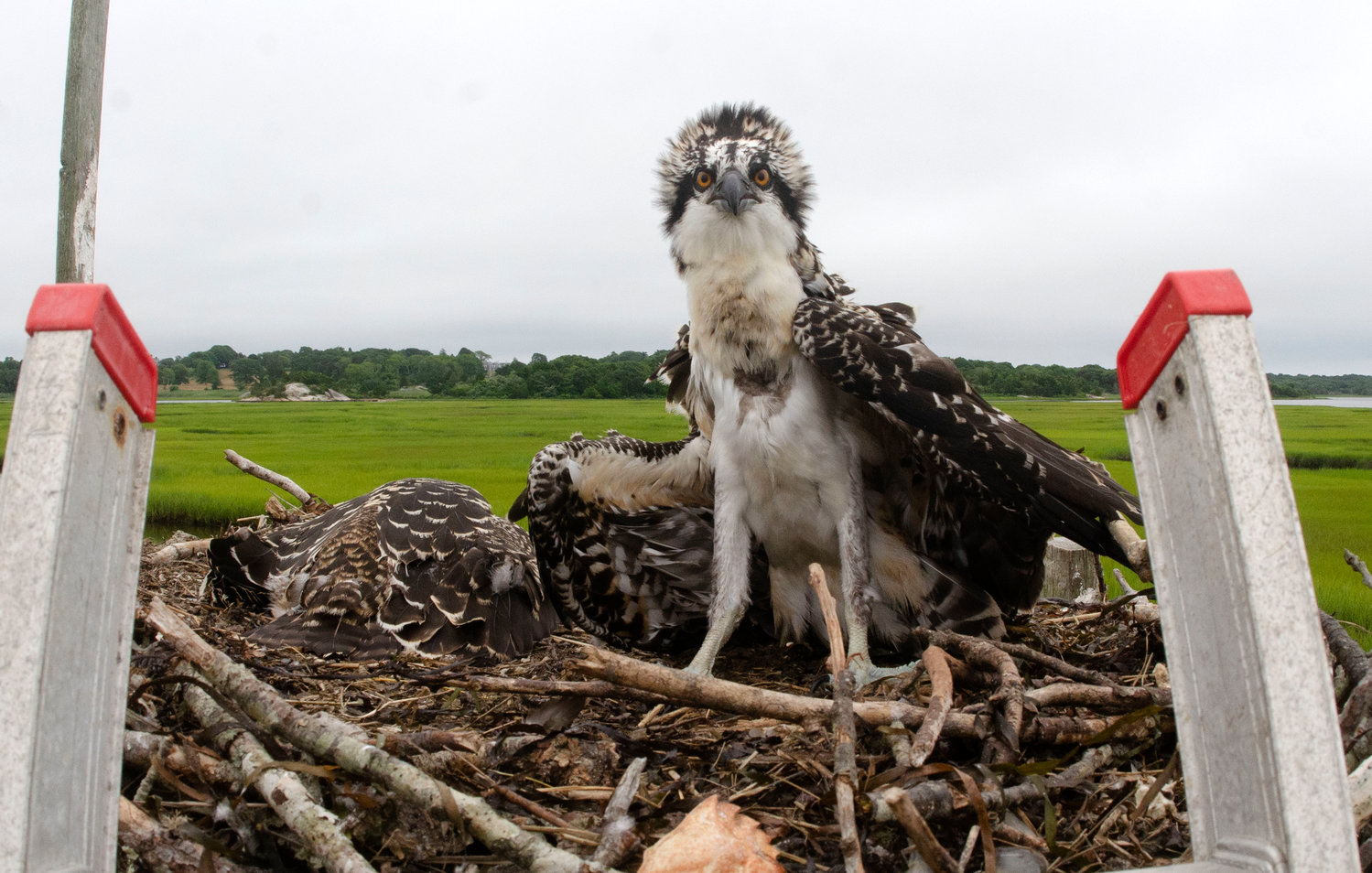Westport's osprey population rebounds
Heading in to Spring, Audubon specialist said numbers could be at pre-colonial levels
Gina Purtell can't wait for the Spring.
After years of nurturing following decades of decline, Westport's osprey population is thriving. Purtell, who helps keep track of and care for the many …
This item is available in full to subscribers.
Please log in to continue |
Register to post eventsIf you'd like to post an event to our calendar, you can create a free account by clicking here. Note that free accounts do not have access to our subscriber-only content. |
Day pass subscribers
Are you a day pass subscriber who needs to log in? Click here to continue.
Westport's osprey population rebounds
Heading in to Spring, Audubon specialist said numbers could be at pre-colonial levels
Gina Purtell can't wait for the Spring.
After years of nurturing following decades of decline, Westport's osprey population is thriving. Purtell, who helps keep track of and care for the many nesting platforms raised in Westport and Dartmouth by Mass Audubon's South Coast Osprey Project, told the Westport Conservation Commission recently that the signs are clear — there are more osprey here in the warm months than there have been in many decades.
"The population has rebounded so well that they have spread out," she said. "They are restored to their original numbers, their pre-colonial numbers I suspect."
Purtell gave the good news to the conservation commission as she appeared before members seeking permission to inspect and repair the nesting platforms Audubon has monitored in Westport and Dartmouth over the past 19 years. The platforms, which total nearly 100 according to Mass Audubon, often fall victim to ice floes and storms in the rough winter months. Though it's been a mild winter, Purtell said she suspects there will be plenty of work to do once volunteers head out to inspect and repair them this month and next — "usually in all honesty, the ice floes are our biggest threat," she said. "So we shall see."
In the late 19th and early 20th century, there were up to 1,000 breeding pairs of osprey counted along the coast of southern New England to New York. But by the early 1960s, their numbers had declined precipitously due in large part to the pesticide DDT, which causes weak, thin eggshells. At their nadir in 1964, six breeding pairs were counted in Westport and Dartmouth.
But things began to change in 1965, when Gil and Jo Fernandez started raising nesting poles on their land adjacent to Allens Pond. The birds flocked to them and, coupled with the banning of DDT seven years later, the population began to rebound by as much as 10 percent per year.
In 2004, Mass Audubon started monitoring platforms raised by the Fernandezes and other willing property owners, and a large host of volunteers started keeping an eye on nearly 80 breeding pairs. With dips and jumps here and there, the species' numbers here have risen ever since.
Today, Purtell told commission members, there are more nests than platforms, and Audubon often hears from residents who want to install poles on their property.
"The birds are nesting in people's trees," she said. "There's infinite opportunity for them to nest inland as well. The limits of our nesting platforms are not really affecting the population anymore."
While she doesn't cherish the thought of monitoring 200 nesting platforms, "if someone wanted to put a nest in and was willing to do the stewardship of that platform itself, I don't see any reason not to. If nobody is offended by it, it's not going to harm the osprey population."






